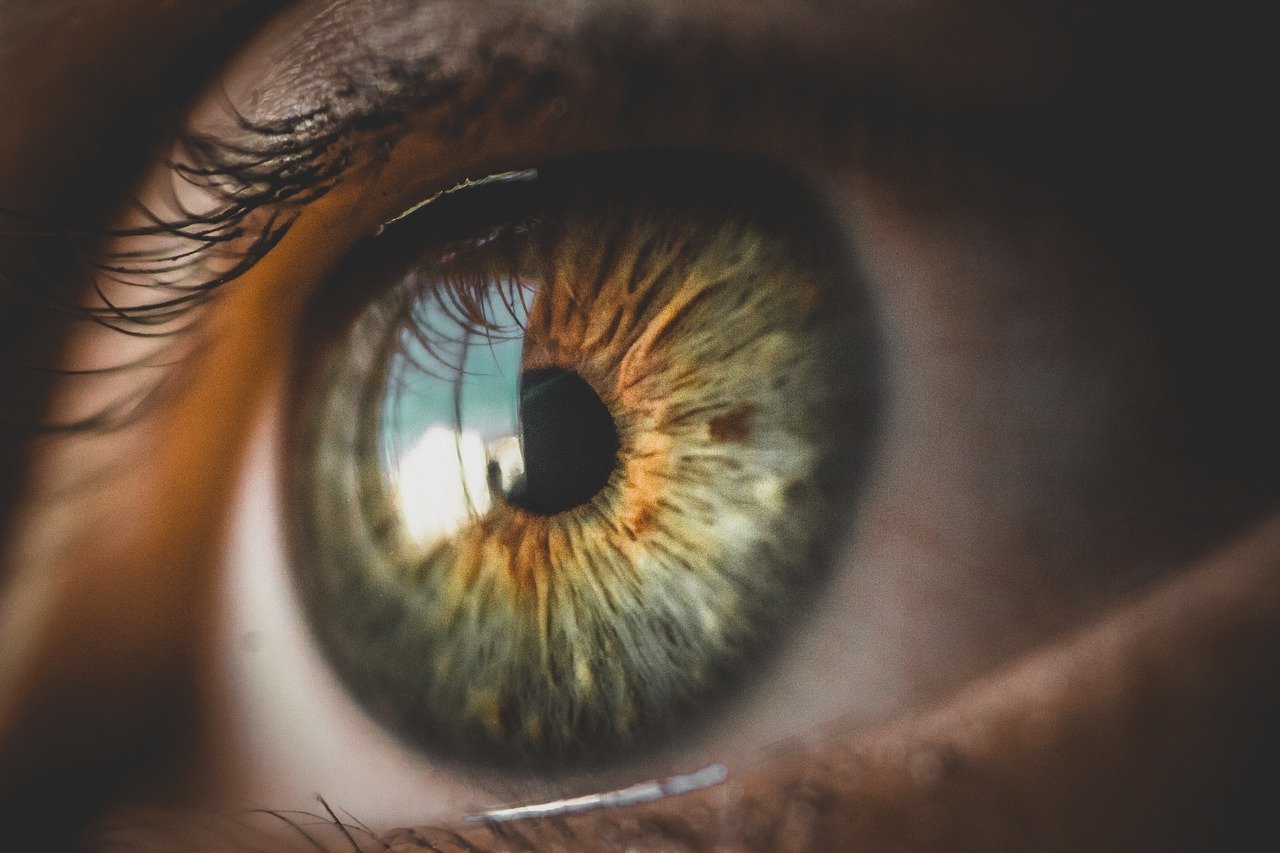Cataract is an eye condition caused by damage to the lens of the eye. It may be due to an injury to the eye area or to pathological causes such as chronic cortisone or corticosteroid use, obesity, diabetes or hypertension. Cataracts are not usually seen at young ages since 95% of patients are over 60 years old. However, external factors such as smoking, alcohol abuse or reckless exposure to the sun can cause cataracts and even require surgery.
Causes and symptoms of eye cataract
Cataract-related symptoms do not appear suddenly in the patient. Blurry vision occurs gradually and, if one notices it in time, one can proceed with cataract surgery so that it does not complicate one’s daily life at all.
Among the most common symptoms are the following:
- Blurred vision
- Difficulty seeing at night
- Photosensitivity
- Need for bright light when reading
- Changes in the degree of myopia and changing glasses more frequently
- Dim color perception
- Diplopia
Eye Cataract Diagnosis (Surgery?)
Cataracts are diagnosed through a standard eye exam. The ophthalmologist through the clinical examination of the eyes perceives the clouding of the lens and will recommend you a complete ophthalmological examination. The latter is done with optical coherence tomography (OCT), fundoscopy and measurement of eye pressure.
With the biometrics, the ophthalmologist will decide if cataract surgery is needed and the type of lens that should be applied in each case.
Eye Cataract: Intervention & Treatment
Cataract surgery is the most effective treatment that improves the patient’s vision and quality of life. The time interval from the appearance of the cataract to the decision to operate does not matter, since the interval does not affect its effectiveness. The patient decides when and whether to proceed with cataract surgery depending on how much the condition affects his daily activities.
With cataract surgery, the condition is completely reversible. The operation assumes that no other eye condition (macular macular, etc.) coexists.
During cataract surgery, the cloudy lens is removed and replaced with an artificial lens. This specific procedure is called phacothripsis and is performed with local anesthesia in the eyes using special eye drops.
The ophthalmologist, after phacoemulsification performed using ultrasound and special tools, replaces the lens that has clouded and caused cataracts with an artificial one. The choice of lens is made in consultation with the patient, who chooses whether he wants to completely get rid of the use of glasses, either far or near, since there is a possibility of full vision restoration depending on the type of intraocular lens to be fitted.



